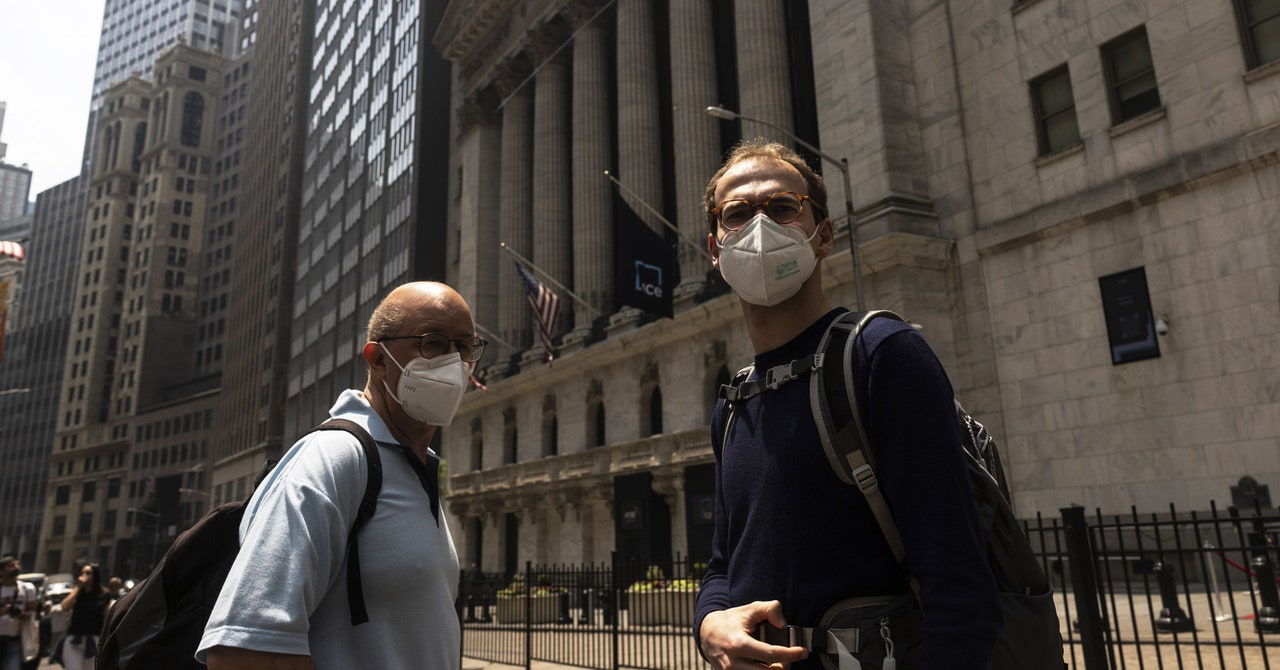
Whether you’re concerned about wildfire smoke from Canada or other pollutants that make the air less breathable, it’s a healthy habit to always check the air quality index on your phone. Yes, it’s one more thing to do as you’re grabbing your keys and rushing out the door, but the knowledge can help you decide whether those quick errands can wait until everything clears up a bit.
It’s scary to look out your window and see an otherworldly orange haze, but the particles you can’t see can negatively impact your health as well. Here’s some crucial information about what the air quality index actually is, how to see the levels near you, and a few tips for taking care of yourself when the outdoor air contains high levels of pollutants.
What Is the Air Quality Index?
The AQI is a scale from the Environmental Protection Agency that ranges from 0 to 500 based on the level of air pollution in a city. The core pollutants tracked by the AQI are sulfur dioxide, ground-level ozone, carbon monoxide, nitrogen dioxide, and particle pollution. For wildfire smoke, it’s especially important to keep an eye on the amount of particle pollution in the air.
Urban centers are required to measure and report the daily levels of pollution to the EPA. If you live in a more rural area, extensive air quality data may not be available to you. Check with local leaders to see what information is measured and available in your town.
How do these AQI numbers break down? An AQI between 0 and 50 is considered to be a good baseline where there’s little health risk from breathing the air. A score between 51 and 100 means more pollution is present in the air, and it might impact sensitive people.
From 101 to 150, children and older adults should be careful and limit time out of the house. When it hits between 151 and 200, the high levels of pollution are likely to have a detrimental effect on everyone. An AQI over 200 signals even more intense pollution, and a reading over 300 is considered hazardous.
How Do I Check It On My Phone?
There are multiple free apps you can download to keep tabs on the AQI. One option favored by members of the WIRED staff is an app called AirCare, and it’s quite straightforward to set up.
First, download the app to your smartphone. After that’s done, open the app and allow it to have access to your location data. The app’s main screen will display an AQI number based on the pollution near you.
Tap on this number to see a breakdown of why the AQI is that score. For example, the AQI in San Francisco at the time of writing is 48. Looking more closely at the data, I can see that ozone levels are the primary pollutant contributing to this score.
Curious what the air quality is like elsewhere? Use the search bar at the top of the app to see the AQI at other locations. When I checked the AQI for New York City, it was a frightening 152. The ozone levels were similar to SF’s measurements, but the amount of tiny particulate matter from the wildfires was dangerously high.
My Lungs are Important! What Steps Can I Take?
The New York State Department of Health recommends people wear a mask over their mouth and nose when traveling outside while the air quality is poor. Even though you may have some cloth masks around the house from the height of the coronavirus pandemic, more substantial protection is required for wildfire smoke.
According to the Centers for Disease Control, a cloth mask prevents the spread of your respiratory droplets, but it doesn’t stop all the tiny particles from wildfire smoke traveling down to your lungs when you inhale polluted air. One of your best options is a snug N95. Need more high-quality masks? Here’s our roundup of where to get N95s online.
It’s critical to stay home, with all of the windows closed, whenever possible during high levels of air pollution. Consider running an air purifier to keep the inside air clean. My household uses the Blueair Pure 411 Auto. Check out our tested list of the best air purifiers to discover options that work well in your home.

